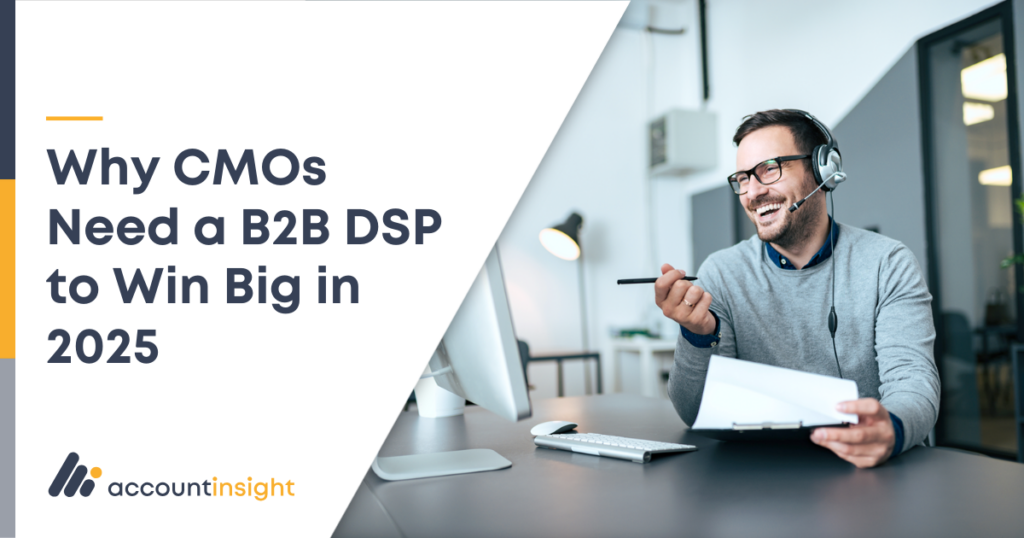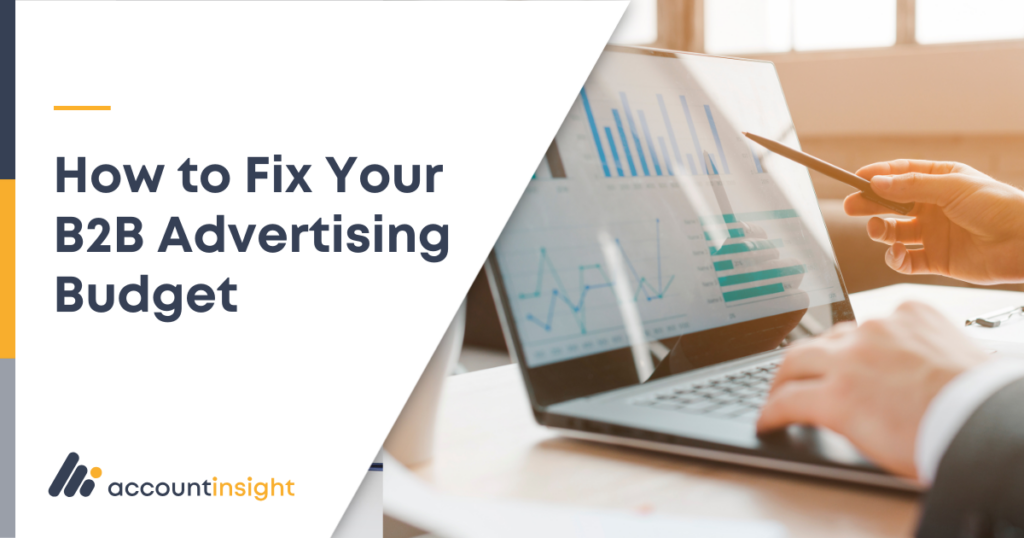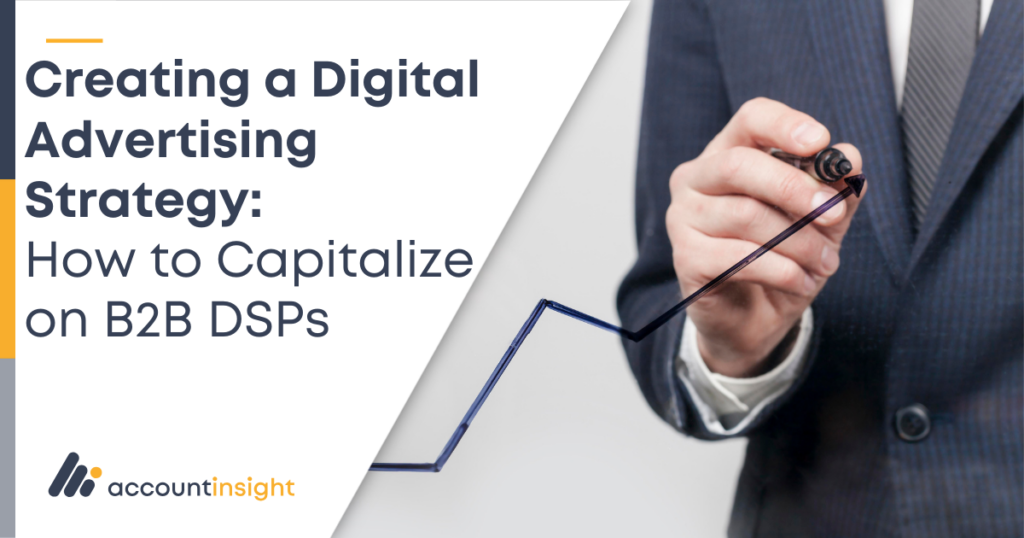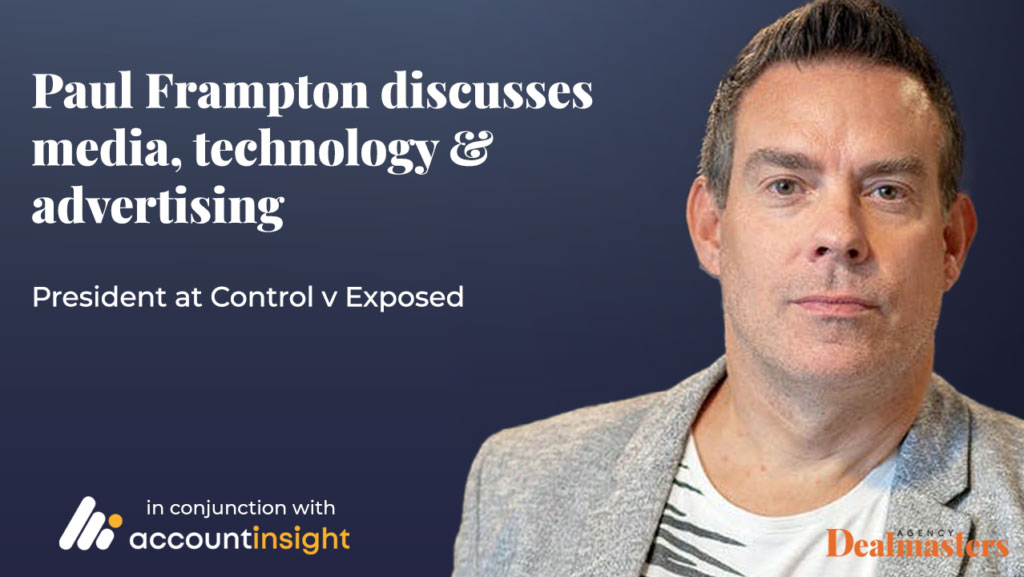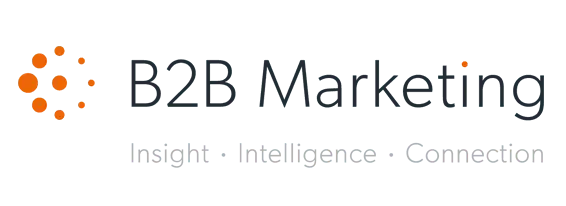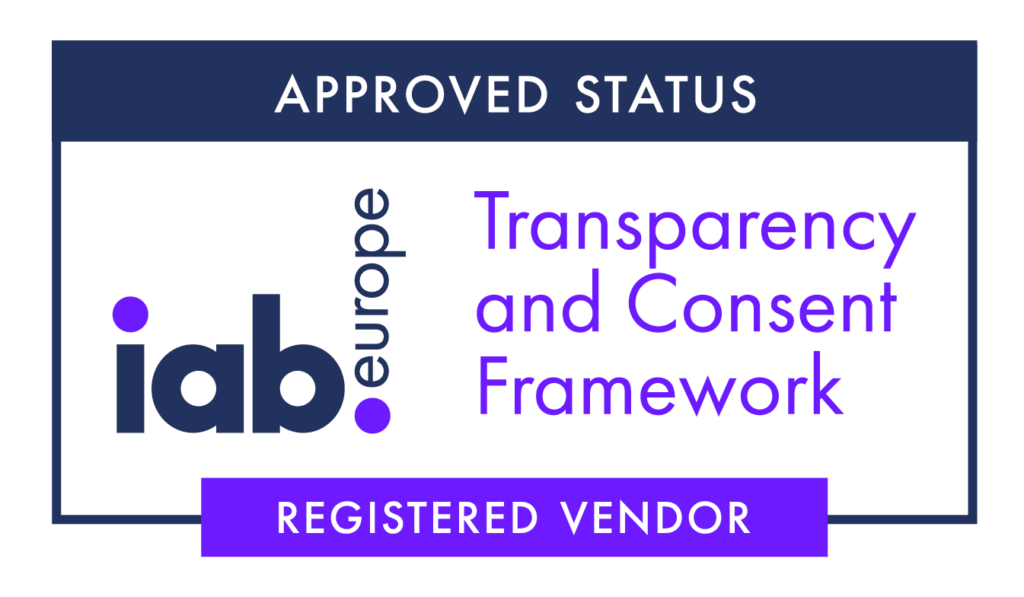What do B2B marketers dream about at night? More sales, bigger sales, faster sales! That’s what they want and intent marketing is one of the best ways to get them. Intent based marketing has become a bit of a buzz word with new technologies that have elevated marketing efforts far beyond a ‘create and hope for the best’ campaign.
Essentially, intent marketing is marketing based on online activity and lets you know when an account is showing intent to purchase a product or service. Knowing who’s in the market for your offering right now saves you time and money, ensuring you have more fruitful leads. It’s how marketers see who’s window shopping and who’s ready to buy.
If a group of passers-by are just window shopping, you don’t want to send your entire sales team out onto the street to waffle on about your latest promotion. It’s all about interest and reaching out at just the right moment.
Once you know where your customer is in their buying journey, you can design a roadmap with your account-based advertising strategy to lead them through the steps to a close.
To be or B2B?
In B2B, purchase decisions are being made by teams of people, especially if we’re talking big budget spend. For marketing purposes, you need to know who’s considering your offering, as well as where they are in the research and decision-making process – AKA the buyer journey.
Are they in the test drive phase? Are they just browsing? Or are they about to spend? Considering B2B buying involves a lot of research, and you want to be in on that conversation. You need to know who’s looking for your offering and who’s not looking at all. Intent marketing helps you separate the two and spend your money on the people actually in the market right now.
Knowing where an account is in its buyer’s journey helps you maximise your sales and marketing efforts. We rate accounts based on their level of intent, which is indicated by those researching and reading more articles. This can fluctuate over time and messaging can then be tailored accordingly. Intent can also help you identify if any of your accounts are researching competitors or other solutions. This is marketing gold because it gives you the chance to up your game before a prospect goes somewhere else.
Buyer motivation and consideration. Guessing games or science?
Purchase intent is the likelihood of a customer buying your product or service. With intent marketing, you can create purchase intent by leading the customer from considering a purchase to making a purchase.
There are two types of purchase intent – informational and transactional. The former is the customer who is learning about your product and looking at competitors. These are the ones who still need some convincing. Transactional intent is when the customer is already interested in your product. Now it’s up to you to handle the sale correctly so that you convert the customer into a loyal one.
How does it work exactly?
Intent marketing takes the guesswork out of your accounts’ engagement and helps you to refine the process. Everyone leaves a data trail online when they read website articles. We pick up on keywords in each article relevant to our client’s offering and provide essential data for their unique campaigns.
Let’s get technical
Now, there are essentially two main types of intent data and together, they create the big picture of what’s going on in the minds of potential accounts. First-party or engagement data considers when a user is engaging with or looking at your website content and the time they might spend on a specific page, for example. Third-party or external data is collected at the IP level across the web and various sites, again adding an overall view of relevance to your product/campaign by knowing what topics are being researched.
Timing is everything
Marketing is about getting more face time and mind share than competitors and intent data is essential to your larger marketing strategy to ensure you get this face time. It allows you to get your name out there when the customer starts ‘thinking out loud’ or the digital equivalent of that. It’s almost like you can read their minds long before they even know exactly what they want and need.
With intent marketing, real-time targeting is incredibly valuable. A moment too soon or too late and you’ve lost the opportunity and then you might as well open the door and wave goodbye to your prospect. Intent data tells you who’s interested in your offering at the time of gathering the data. This means that you need to be ready to activate on demand when data shows that the customer is ready.
What else can I do?
So, you have the data for your intent marketing but what else should you consider when activating it? You can use intent data to sort your accounts from most promising to least promising and decide in advance which topics being researched are the most relevant to your products or services. This will help you to focus your budget for advertising spend.
However, don’t just stop at knowing which company is shopping in your neighborhood. Go one step further and do your own research on the company’s team to figure out who’s likely to be the main decision maker. Location is important to determine where the decision makers are based and whether this affects how your product or service should be presented.
What does all this mean?
The benefits of intent marketing are numerous, including increased revenue and stronger customer relationships. If your campaign is personalised with precision, aside from the client feeling this is kismet, you can prioritise a better sale and achieve a happy, healthy customer relationship based on more than just niceties. Who doesn’t want a working relationship where you understand each other perfectly?Your online reputation is everything, so if you need to bring in the professionals who can provide quality intent data for you to work with, it’s worth spending a bit more. Remember, the journey is about the customer and not the product. It’s a tall order when you have to connect emotionally, meet the customer where they are personally and professionally, and be a trusted resource in the industry – but intent marketing is up for the challenge.




